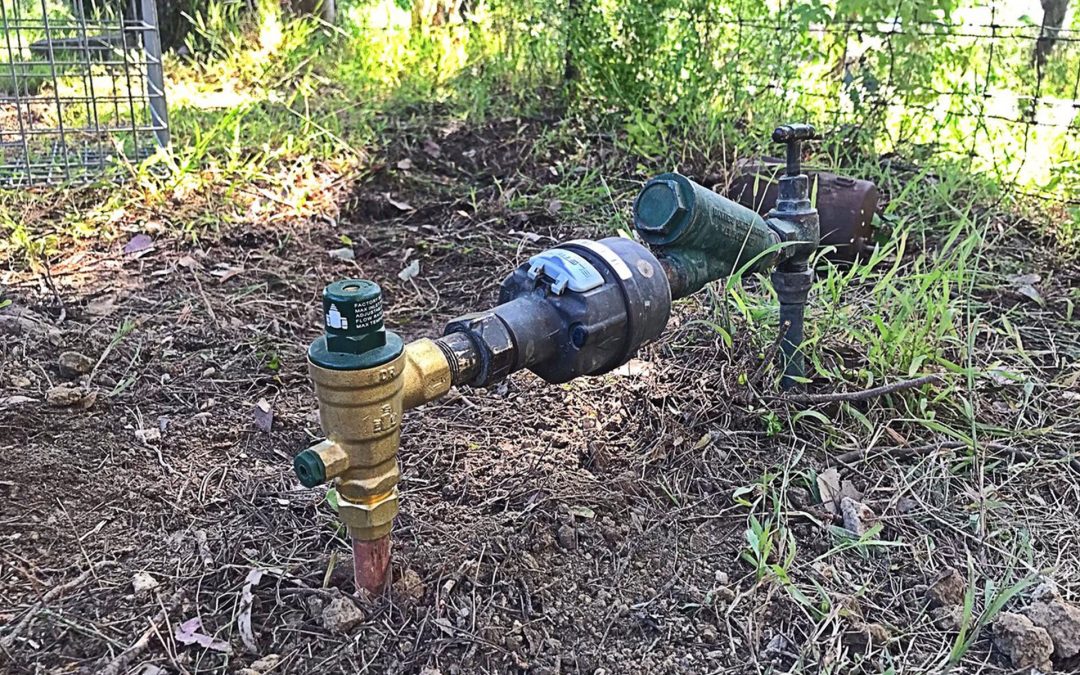Most homeowners don’t think about their Pressure Reducing Valve (PRV)—but this small device plays a big role in protecting your home’s plumbing.
A PRV is usually located near your water meter. Its job is simple but important: it reduces high mains water pressure down to a safe level before the water enters your home. Without it, your pipes, taps, hot water unit, and flexible hoses are all under constant stress.
Why is a PRV important?
If the water pressure in your home is too high, you might experience:
- Water hammer (those banging or knocking pipes)
- Leaking taps, toilets or appliances
- Flexi hoses wearing out faster (a leading cause of burst pipes and major water damage)
- Hot water system stress that shortens its lifespan
A properly working pressure reducing valve prevents all this, keeping your plumbing safe and efficient.
How often should a PRV be replaced?
PRVs don’t last forever. Most have a lifespan of around 5–10 years, depending on your water conditions. Over time, the internal parts wear out, and the valve stops regulating pressure properly. That’s when your home is at risk of leaks or bursts.
Signs it might be time to replace your PRV:
- Banging or noisy pipes when water is turned off suddenly
- Leaking taps or toilets that won’t stop dripping
- Appliances like dishwashers or washing machines breaking down earlier than expected
- Higher-than-normal water pressure at your taps and shower
If you’re not sure, our plumbers can quickly test the pressure at your home and let you know if your PRV is still doing its job.
A simple step to prevent major problems
Most valves will still be functioning correctly at the manufacturers 5 year recommended replacement interval, however the likelihood of failure is much higher once the valve exceeds this age. Replacing the valve at this stage is purely a preventative maintenance measure to mitigate the possibility of failure and potential damage to plumbing fixtures such as mixer taps, toilet cisterns and flexi hoses that have a maximum inlet pressure of 500kpa.As part of our PlumbCare program we are educating our clients about lifespans and potential hazards around components that have a limited lifespan.
Replacing an ageing pressure reducing valve is a small job compared to repairing the damage from a burst pipe, flooded kitchen, or failed hot water unit. It’s preventative maintenance that can save you thousands.
A recent PRV replacement success story
“We’d had noisy pipes for months and thought it was just part of living in an older house. Jayden explained that our PRV had stopped working and the water pressure was way too high. He replaced it on the spot and instantly the banging pipes disappeared. Everything’s quieter, our taps don’t leak anymore, and I feel so much better knowing we’ve avoided a potential burst hose. Couldn’t be happier with the service.” – Sarah, Warrandyte
Thanks Sarah 🙏🏼
